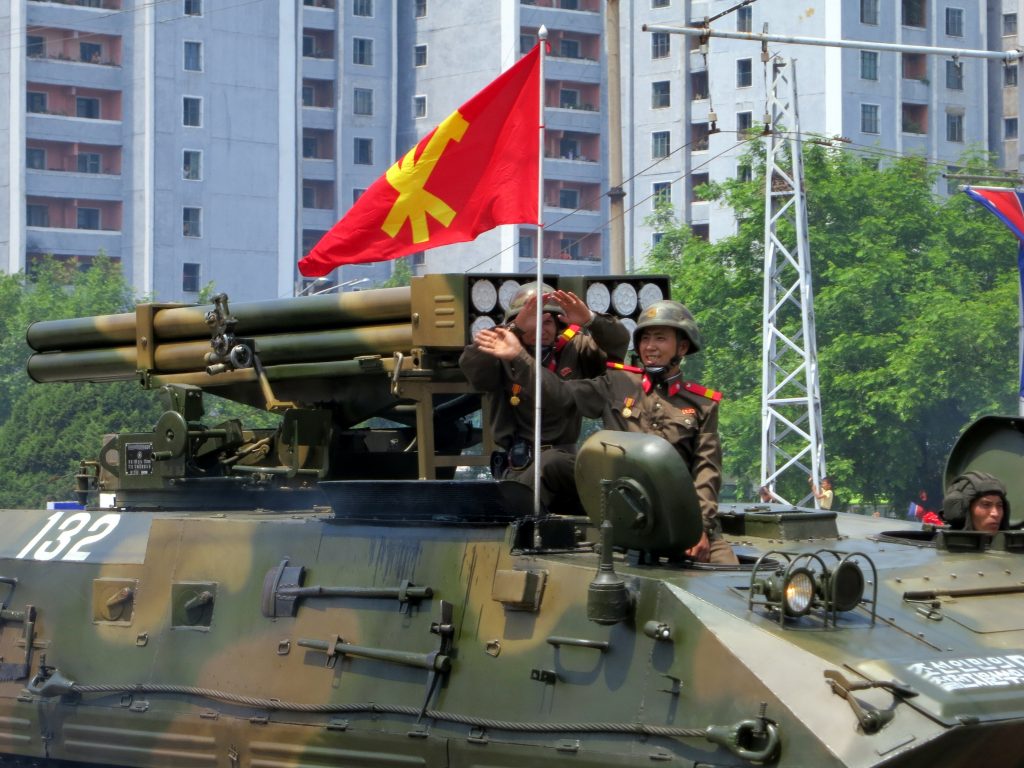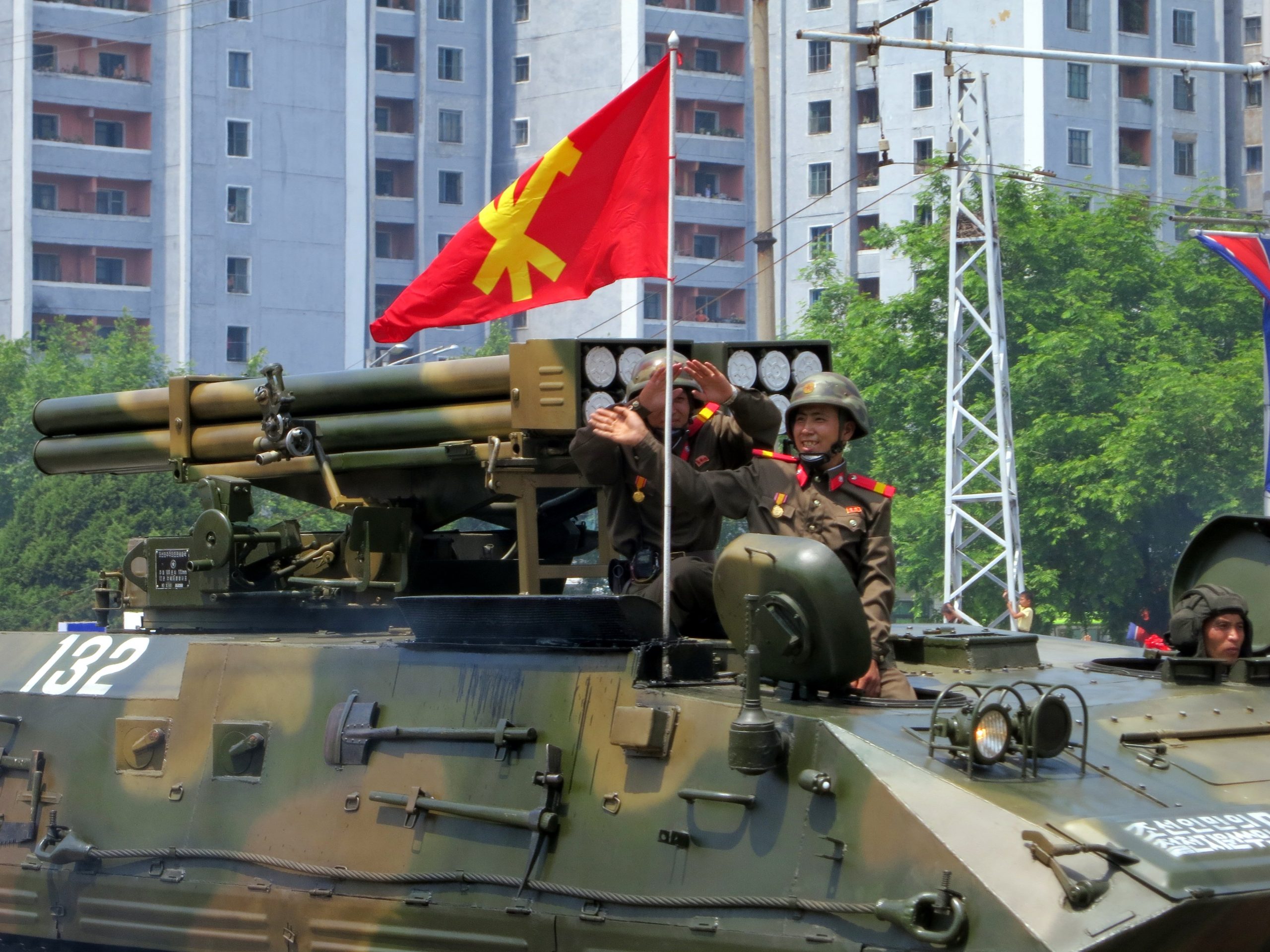
A recent image depicting a North Korean 122mm artillery shell surfaced on the Telegram account named Vodogray Social and Household Magazine. According to the accompanying information, Russian forces in Ukraine currently possess this ammunition.
While it’s known that the Russian military uses North Korean munitions, the noteworthy aspect of the photo lies beyond this fact. Upon closer examination, inscriptions in Greek, Hungarian, and English are visible on the shells. Interestingly, one inscription boldly states: “MAGA Trump 2024 Communism.”
Adding inscriptions to projectiles is a practice that comes at a cost. Reports suggest that individuals desiring such inscriptions often pay around 20 Euros for each missile. This practice is not new and has been adopted by both Ukrainian and Russian armed forces, with unverified claims suggesting that proceeds are directed towards “Russian humanitarian aid.”
The Russian military’s engagement doesn’t stop at projectile inscriptions. A user on a Twitter-like platform, X, inquired about obtaining a video or photo record of the missile launch featuring the inscribed message. The response indicated that such a service would require an additional fee of 200 euros.
In a recent interview with RBC Ukraine, Vadim Skibytskyi, a representative of Ukrainian military intelligence, disclosed that North Korea has supplied around one million munitions, predominantly 122mm and 152mm artillery shells, to Russia. This revelation was made in mid-January.
The strengthening ties between Russia and North Korea, including cooperation in arms supply, seemed to be solidified with the visit of North Korean Foreign Minister Choe Son Hui to Russia on January 15th.
Ukrainian intelligence gathered information suggesting that ammunition deliveries took place throughout the autumn, aligning with a statement from a South Korean legislator in November 2023. The legislator claimed that North Korea had sent over a million artillery shells to Russia, citing South Korean intelligence officials as the source.
Skibitsky explained that the number of shells precisely matched Moscow’s deficiency, which couldn’t be fulfilled through local production.
About the 122mm artillery shell, it comprises key components such as the projectile body, explosive filler, fuze, and propellant charge. The projectile body is typically made of steel, containing explosive filler like TNT. The fuze initiates detonation based on impact, altitude, or time, influencing the shell’s effectiveness. The propellant charge, ignited upon firing, propels the shell out of the howitzer at high speed.
Operational Mechanism
Upon the discharge of a howitzer, the initiation of the propellant charge induces the generation of high-pressure gas, propelling the artillery shell along the barrel and in the direction of the designated target. Subsequent to the egress of the shell from the barrel, it adheres to a ballistic trajectory aimed at the target.
Upon arrival at the target, the fuze initiates the detonation of the explosive filler. The resultant explosion engenders a shock wave and shrapnel, posing a threat to personnel, structures, and vehicles in the vicinity. The efficacy of the shell is contingent on several factors, including the precision of the howitzer, the type of fuze employed, and the characteristics of the target under consideration.





